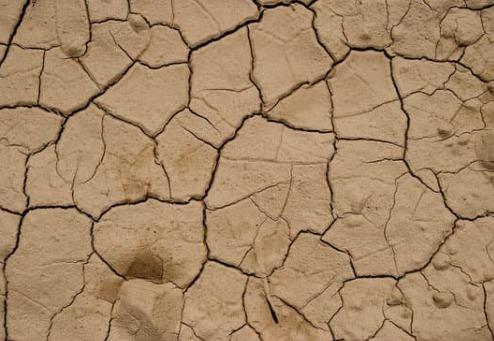What is Ichthyosis?
Ichthyosis vulgaris is one of the most common of all inherited skin disorders. It causes dry, dead skin cells to accumulate in patches on the surface of your skin. It is also known as “fish scale disease” due to the dead skin accumulating in a similar pattern to a fish’s scales.
In ichthyosis vulgaris, the skin cells are produced at a normal rate, but they do not separate normally at the surface of the stratum corneum (the outermost layer of skin) and are not shed as quickly as they should be. The result is a build-up of scales.
Usually only a portion of the body may be involved (scaling is most common over the lower legs and feet). However, some cases are severe and can cover large areas of the body, including the abdomen, back, arms, and legs.
Patients also have to cope with many systemic infections due to the constant splitting of the skin and fissures that are often difficult to heal. The sufferer’s immune system is impaired and they find it hard to fight off infections.
What are the symptoms?
Symptoms of ichthyosis vulgaris include:
- a flaky scalp
- itchy skin
- polygon-shaped scales on the skin
- scales that are brown, grey or white
- severely dry skin
- thickened skin
Symptoms of ichthyosis vulgaris are typically worse in winter, when the air is colder and dryer. They usually worsen or are more pronounced in cold, dry environments and tend to improve or even resolve in warm, humid environments.
Causes of Ichthyosis
Ichthyosis vulgaris may be present at birth or appear in the first few years of a child’s life. It typically disappears during early childhood. Some people may never have symptoms again. But for others, it can return during adulthood.
As with many other skin conditions, genetics play a role in the transmission of ichthyosis vulgaris. The condition follows an autosomal dominant pattern. This means that only one parent needs to possess the mutated gene in order to pass it onto his or her child. It’s one of the most common of all inherited skin disorders.
In rare cases, adults can develop ichthyosis vulgaris even if they don’t carry the defective gene. Though this is rare, it’s most often associated with other conditions, including cancer, kidney failure, or thyroid disease. It can also be associated with taking certain types of medications.
Ichthyosis vulgaris may also occur along with other skin disorders, such as atopic dermatitis or keratosis pilaris. Atopic dermatitis, more commonly known as severe eczema, is known for causing extremely itchy skin rashes.
The affected skin may also be thick and covered in scales. The white or red skin bumps caused by keratosis pilaris can look similar to acne, but they usually appear on the arms, thighs, or buttocks. This condition can also cause rough patches of skin.
Tips for a very dry feet
When we moisturize our feet taking the emollient further up into the shin and calf will be really great and good practice to keep the plantar fascia and leg soft tissues as smooth, soft and supple as possible.
A SOS technique for very dry feet although slightly ‘icky’ works stupendously well:
- Pumice our feet when they are dry, (not in the shower or just out of the shower).
- Lather a 25% urea content heel emollient over the whole soles of both feet.
- Use a pair of overshoes to cover and a loose pair of socks over the top to secure.
- Sleep overnight with the above steps 1-3.
Are you suffering from this condition? At The Chelsea Clinic, we can help. One of our podiatrist can assist and then recommend what treatments are best to get you back on track. Podiatrist South Kensington
Schedule an appointment here or you may call us at +44 (0) 207 101 4000.
We hope you have a feetastic day!
-The Chelsea Clinic and Team




